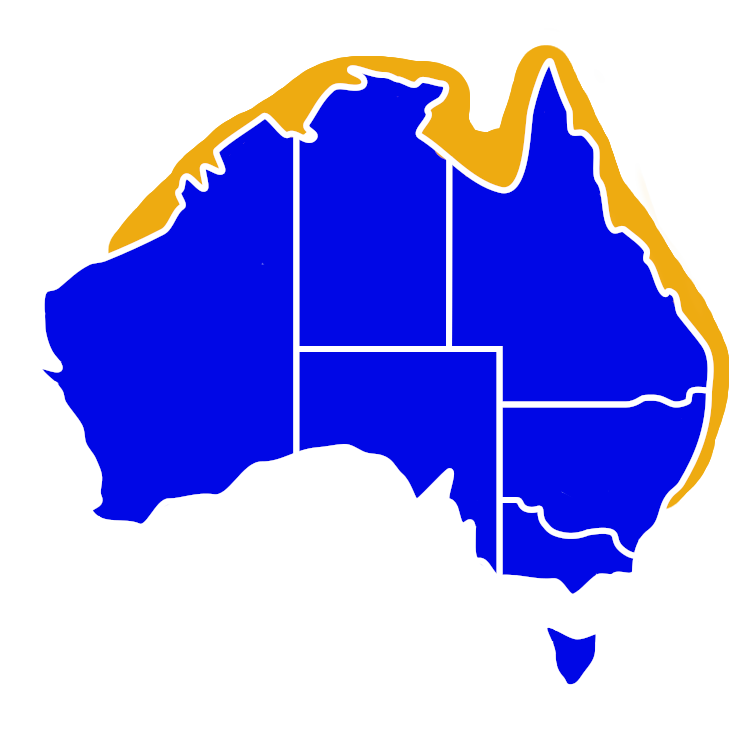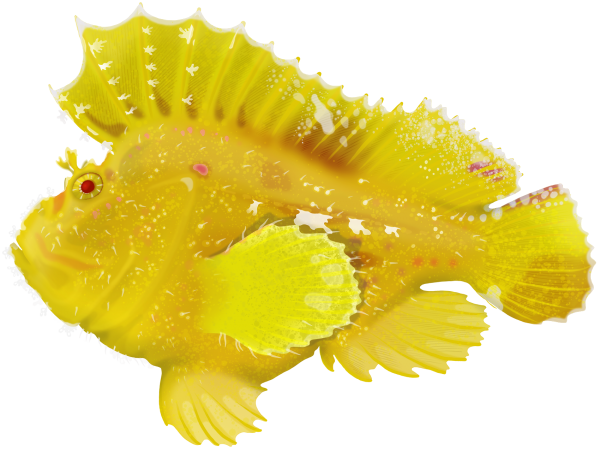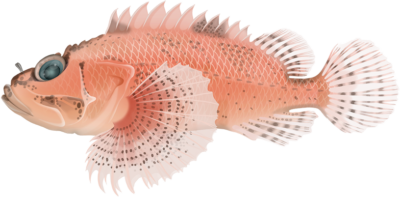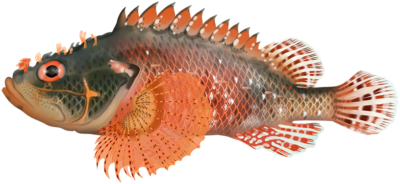Quick Facts
Distribution

Interesting Info
- Leaf scorpionfish are found in shallow coastal waters through out Australia, including the Great Barrier Reef, Coral Sea, and various reef systems along the northern coast. Extending from Western Australia, the Northern Territory, Queensland and New South Wales.
- Leaf scorpionfish have an intricate appearance, resembling a leaf or piece of seaweed. Their coloration can vary greatly, ranging from vibrant red, orange, yellow, brown, or green, allowing them to blend seamlessly with their surroundings.
- Leaf scorpionfish are primarily ambush predators, relying on their camouflage to remain hidden from both prey and predators. They wait patiently for small fish and invertebrates to swim by before striking with lightning speed.
- Leaf scorpionfish have excellent control over their buoyancy and can hover motionlessly in the water column, aided by their pectoral fins. This behavior further contributes to their camouflage strategy, as they can blend in with the surrounding environment effortlessly.
- Despite their venomous spines, leaf scorpionfish are generally not aggressive toward humans unless provoked or mishandled. Their venom is primarily a defence mechanism to deter potential predators.
- Breeding habits of leaf scorpionfish in Australia are influenced by seasonal variations. They typically reproduce during the warmer months, with peak breeding activity occurring in spring and summer.
- Estimates of lifespan are between 2 – 5 years.
Species Interaction
Aquarium, Snorkeling & Diving
Because of their striking appearance and small size, leaf scorpionfish are sometimes kept in home aquariums by experienced fish keepers. However, they require specific care, such as a well-maintained reef environment and a varied diet consisting of live or frozen foods. Observing leaf scorpionfish in the wild can be an exciting and rewarding experience for divers and snorkelers. However, their excellent camouflage makes them challenging to spot.
Scientific Classification
Kingdom: Animalia
Phylum: Chordata
Class: Actinopterygii
Order: Scorpaeniformes
Family: Scorpaenidae
Genus: Taenionotus
Species: Taenionotus triacanthus
Conservation Status
In Australia, leaf scorpionfish have a conservation status of “Least Concern” according to the International Union for Conservation of Nature (IUCN) Red List. They are not currently listed as a threatened or endangered species in the country.
Leaf Scorpionfish
As Aquarium Fish
Care Level: Moderate to difficult
Temperament: Peaceful
Diet: Carnivore
Reef Compatible: Yes
Minimum Tank Size: 30 gallons
Recreational Viewing
- Snorkeling & Scuba
Finding: Intermediate
Temperament: Peaceful
Location: Inner Reef, Outer Reef, Lagoon
Danger: Venomous Spines





